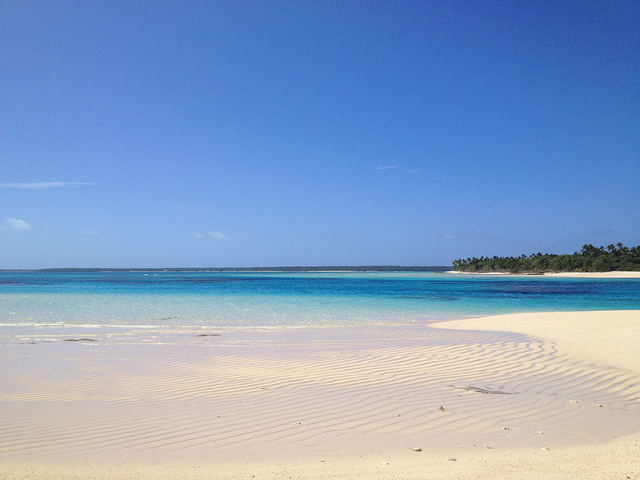Improving Water Quality in Tonga

Situated in the Pacific Islands, Tonga is among one of several countries in the region to experience water scarcity and quality issues. An island chain of more than 170, Tonga is limited in access to freshwater resources, much of which is sourced directly from groundwater. In addition to groundwater and springs, Tongans collect water from surface resources, which on most islands is extremely difficult to come by. A few different issues are the culprit for scarcity, and subsequently, water quality in Tonga.
One of the primary concerns is the overuse and exploitation of water on larger islands. Tongatapu, one of the most densely populated islands in Tonga, accounts for 69 percent of the total population. Its water consumption rates are continually on the rise.
In addition to poor water use practice, Tonga also experiences poor management with wastewater. All of the wastewater is managed individually rather than through a unified system. The wastewater then becomes the burden of the community: with little to no help from the government, issues with quality and sanitation are unavoidable.
Tonga also lacks water management infrastructure. Water resource use and sanitation center data is currently not nationally exchanged through an organized sharing system, making it difficult to regulate and monitor.
Because there are limited resources to ameliorate these issues, supervision of water quality in Tonga has been taken over by its residents with some supplemental assistance from the Tongan government and the World Health Organization.
In an effort to provide risk assessment and management for villages experiencing poor water conditions, the government has administered a Water Safety Plan. This plan is designed to pay specific attention to the causes of contamination of water supplies. It also considers which measures must be taken to reduce these risks and make improvements to existing water systems.
Communities are urged to take part in these action plans to learn more about their individual water resource systems and identify with the ecosystem that supports them.
In 2009, 10 villages were set up to take part in the Water Safety Plans, and eight more have been added since. The World Health Organization is working to provide training support for the Tongan government to implement the plan further.
Water quality in Tonga is also being tackled by using methods of public outreach and education. The Tonga Trust developed the Water Sanitation and Hygiene (WASH) program in 2008, which works toward changing behaviors of residents and visitors to be more mindful of water use and hygienic practice.
Expected outcomes are for villages to identify their Water Safety Plans, increase the frequency of WASH’s message through media outlets, create posters and manuals in the local language promoting sanitation, establish WASH committees throughout the islands and increase stakeholder involvement.
– Casey Hess
Photo: Flickr
